BOOK AN APPOINTMENT
Book an Appointment
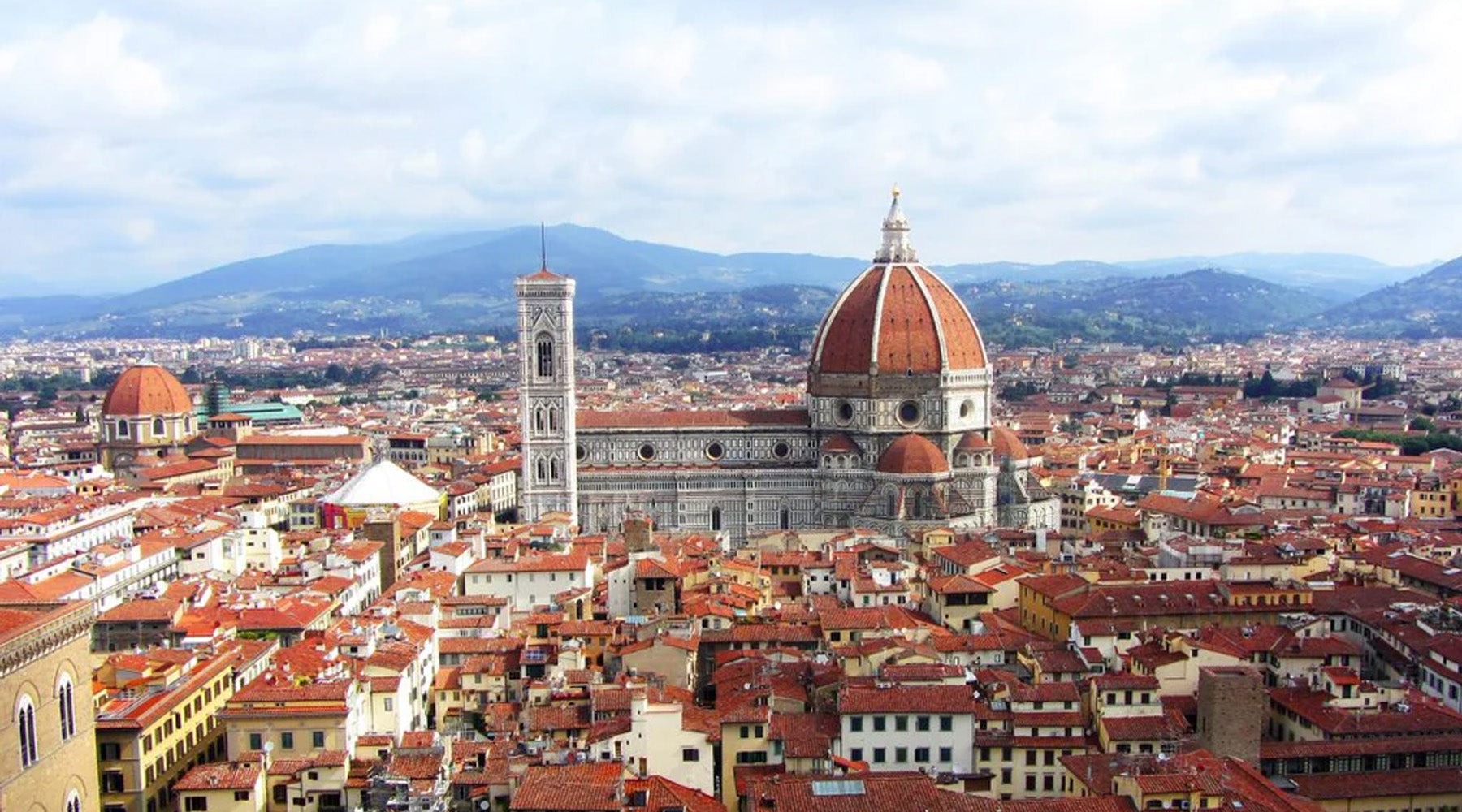

When it comes to violins, many people have heard of the instruments made by Antonio Stradivarius (1644-1737), Bartolomeo Giuseppe Guarneri del Gesu (1698-1744) and their hometown of Cremona in Italy. These two violinmakers are largely considered the best violinmakers the world has ever seen and their instruments are still widely coveted today, eligible to be played on by only the very best musicians (who have a wealthy donor or a spare few million). Despite their outstanding reputation, Cremonese instruments do not represent the violin-making style of Italy as a whole. Italy has an incredibly rich history in violin-making and some outstanding craftsman were making in various areas of the country over the years. Rather than making exact copies of existing instruments, Italian luthiers continued to combine innovative notions with the more traditional aspects of the craft from their respective local areas. The Italians are renowned for their creativity, originality, versatility and vision when it comes to violin-making. Italian luthiers have constantly pushed the boundaries of violinmaking and some of the best instruments in the world are from Italy and believe it or not… do not have a ‘Strad’ or ‘del Gesu’ label.
The violin we know today is widely accepted as originating in Cremona with Andrea Amati (1505-1577). Traditionally the art of violin-making was passed on and taught through a ‘Master to Apprentice’ style of relationship. Further, it was often kept in the family with the father as master, teaching the son as apprentice. During the 18th century, a little later than Andrea Amati was active, violin-making is largely believed to have reached its peak with the luthiers Stradivarius and Guarneri del Gesu. Stradivari is believed to have learnt the craft of violin-making from Andrea Amati’s grandson Nicola Amati (1596-1684). Rather than making a slavish copy of Amati instruments, Stradivari took the best of the modern violin-model developed from the Amati lineage and expanded on it. Since Amati was making, hundreds of thousands of violins have been made that are essentially small variations on a fundamental theme.
As virtuosic violinists such as Niccolo Paganini (1782-1840) and Giovanni Battista Viotti (1755-1824) rose to rock-star like status, an instrument with more projection and brilliance than the warmer, chamber-style violins of Amati became necessary for their style of playing. The flat-arched Stradivari and Guarneri del Gesu violins boasted a more suitable sound for their virtuosic playing and showmanship, unlike the court music before them. As more people embraced this bigger and bolder style of playing, more people wanted louder instruments like the virtuosi had. With a heightened demand, the prices rose and these instruments were bought & sold for record prices all over the world not only by musicians but also by investors. The price of a Stradivari violin has never gone down since they were made and in the last 40 years, they have increased in value on average between 8 to 12 per cent per year. As they became more coveted globally, cheap imitations began to appear with ‘Stradivari’ copy labels in them. By the late 19th century the influence of Stradivari had spread throughout Europe with the major violin-making schools in Mirecourt, Mittenwald and Markneukirchen producing thousands of mass-produced Strad and del Gesu copies of various standards.
Back in Italy there was still a huge range of diverse and unique instruments being made according to the local traditions of each area. Rather than piggy-back off the fame of Stradivari and copy his instruments exactly, makers from all over Italy such as Eugenio Degani (1842-1901), Vincenzo Sannino (1879-1969), Ettore Soffriti (1877-1928), Giovanni Francesco Pressenda (1777-1854), Giuseppe Ornati (1887-1965) and Valentino de Zorzi (1837-1916) continued to embrace their own ideals and designs. It has been suggested that some of these later Italian makers were doing new, interesting and innovative things when making because of the world-wide Stradivari phenomenon as a reaction and a way to move away from what had become the ‘norm,’ all over the world. However, we saw with Stradivari himself, creating an exact copy of the great instruments that came before them or those of their masters had never been a particularly high priority for the Italian violin-makers. Diversity, creativity and embracing the local tradition was much more highly valued. It seems that it has always been the way of Italian violin-making to take the principles of the great instruments that came before them and expand on it adding an element of individuality and creative expression.
Areas such as Venice, Naples, Ferrara, Turin, Milan and Florence in Italy have their own history of violin making. Various high-profile instrument makers were active in these cities and produced some exceedingly fine instruments that helped to create and define particular characteristics that then became local traditions.
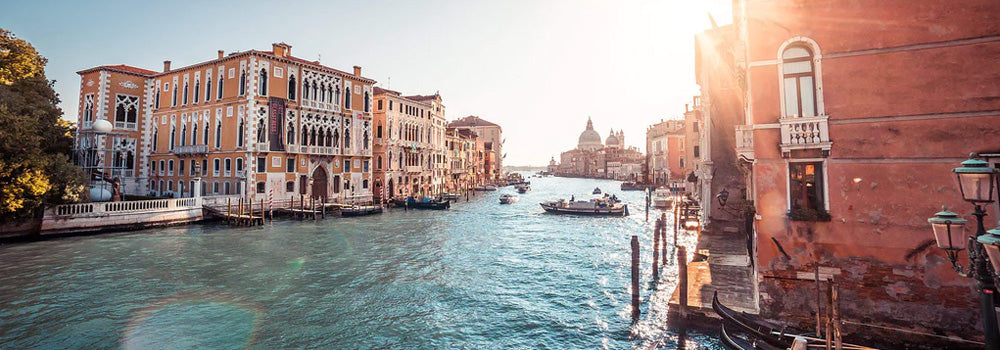
While Cremona was supplying string instruments for various kings, Venetian makers were making for both the rich and the poor. With Venetian composers such as Antonio Vivaldi (1678-1741) being active mainly during the 18th century there was a market for the people of Venice to have bowed string instruments. Two of the most famous instrument makers from Venice were Matteo Goffriller (1659-1742) and Domenico Montagnana (1686-1750). However, these two makers are most well-known for their world-class cellos which are arguably more well respected than both Stradivari and del Gesu cellos. Instruments from Venice typically have a reddish varnish & became characteristically cracked with the humidity. Eugenio Degani is today considered the father of the modern Venetian school. He taught many of the well-known Venetian makers who came after him & as was tradition, learnt the craft from his father. While Degani did sometimes copy Strad or del Gesu models, his own instruments managed to retain a characteristic individuality and uniqueness. Some characteristics of his violins includes high arching (giving a more-warm and complex sound), being slightly long in length, an overlaid maple strip over the length of the back joint, an elongated, deeply carved scroll and sometimes double purfling.
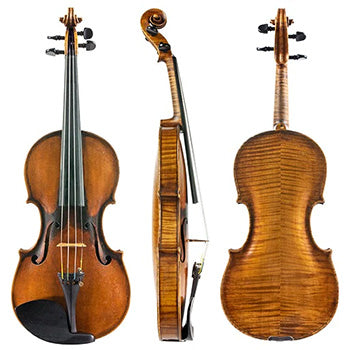
The Guadagnini family largely dominated the violin-making tradition in Turin, with Giovanni Battista Guadagnini’s (1711-1786) instruments being the most well-known from the family and largely as well-respected as Stradivari and del Gesu instruments. Giovanni Francesco Pressenda was one of the finest violinmakers of the modern Turin school. His making style was heavily influenced by French violinmakers in the area such as Chaló and Pacherele. In his earlier years of making, Pressenda primarily used Stradivari instruments as models. However, he made significant deviations from the original model which gave his instruments a more complete and individual style. After around 1830, Pressenda developed his own model which he used for the duration of his making career. Some characteristics of this personal model were orange-brown or red-brown varnish, elongated f-holes and a drawn line down the centre of the scroll. Some of his personal varnish techniques and methods became features of the Turin school of violin-making over the next century. Many of his techniques and methods were actually unique in Italy and never copied exactly by any of his apprentices.
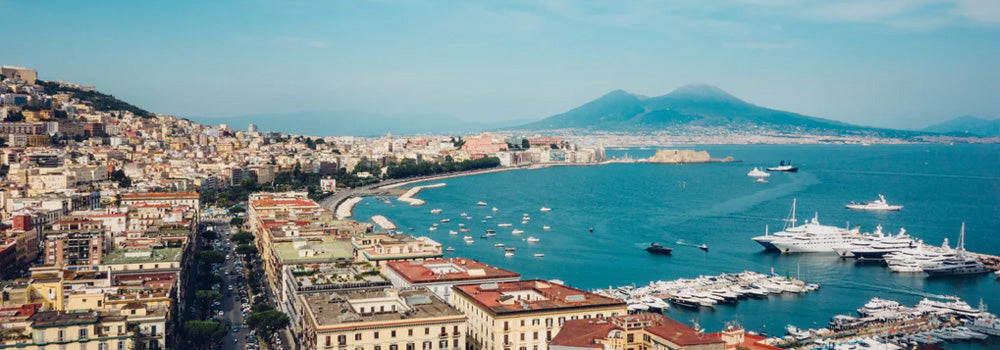
The most famous violin-maker to come out of Naples was Alessandro Gagliano (1660-1735). His family continued to make violins in Naples for the next 200 years. Even though the violin-making tradition was passed on through the typical master to apprentice relationship within the Gagliano family, each member of the family retained their own character and characteristics. Vincenzo Sannino was another outstanding maker of the Neapolitan school, who’s work despite moving to Rome in the 1920’s shows classic Neapolitan characteristics. What I find most fascinating about Sannino is that he did not have the traditional violin-making learning experience from a master and most evidence suggests he was largely self-taught (though some of his work is quite reminiscent of Tedesco another Neapolitan violin-maker meaning he may have learnt the basic trade from him). Sannino is often credited as being one of the first violin-makers from Southern Italy to look outside his home town towards the North for inspiration (most makers from Naples used Gagliano instruments as examples). During the mid 1920’s Sannino most likely moved to Rome and had to adapt to a new school and making influences. However, despite moving he continued to use ‘fece in Napoli’ on his labels. Sannino’s work stands out as he was using various makers instruments as inspiration and then adding his own uniqueness. His output is hugely varied and difficult to categorise. The scrolls on his instruments are the most characteristic element of all his work and they were always made to his own measurements and proportions. He seems to have been continually experimenting, always with very strong characteristics and left behind him an absolutely prolific number of instruments. It is estimated that he made around 700-800 violins, 50 violas & 75-80 cellos! The varnish he used was of a red or golden-red colour and is also particularly distinctive of his work. He is regarded as one of the most significant instrument makers to have come out of Naples. Despite his move to Rome, the Neapolitan influence in his work is distinctly obvious with most of his instruments being somewhat ‘Gagliano-esque.’

Grancino family are widely regarded as some of the earliest violin-makers and the most important lutherie family in Milan. Giovanni Battista Grancino I (1637-1709) and his son Giovanni Battista Grancino II (1673-sometime after 1723) are widely considered the finest makers to come from the Milanese school of violinmaking and the larger Grancino family. Their instruments from the period around the 1700’s have a strong Amati influence most evidenced in both the outline and the arching. Despite the strong Amati influence, the Grancino instruments maintain their own character and individuality without being a direct Amati copy. The f-holes and scrolls are particularly distinctive of the Grancino family work. The Grancino family’s cellos are particularly well known and often quite large in size with many having been cut down in both length and width. After the Grancino family were making, possibly one of the finest ‘modern’ makers was Giuseppe Oranti. Ornati studied with Leandro Bisiach and while his instruments show a definite influence from Bisiach his instruments still retain their own personal style and unique character. His instruments often feature a deep channel around the edges, drawn-out corners and a reddish-orange varnish that lends towards a tasteful cracquelure.
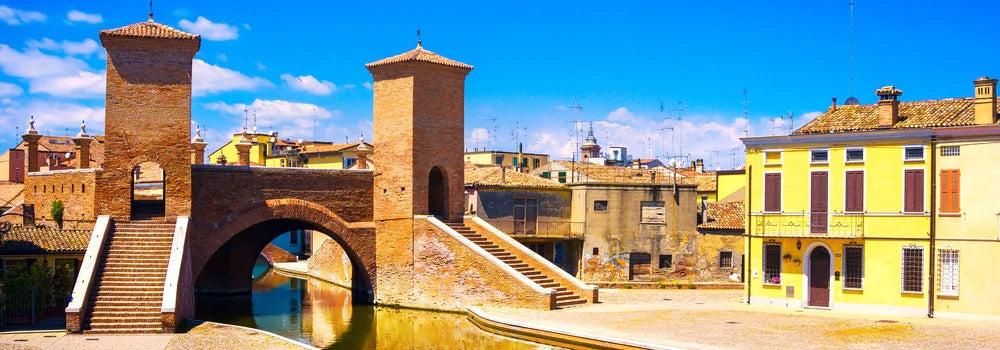
The city of Ferrara is a small town in Italy of which there was no real significant violin-maker until considerably late for Italy as musical instruments were largely being imported from elsewhere. Luigi Soffriti (1860-1896) trained as a carpenter and then moved to Ferrara to become a violin-maker. It seems his efforts were a real attempt to revitalise Ferrara’s artistic scene. His instruments are somewhat basic compared to the other examples being made in the same period in other areas of Italy. Luigi’s son Ettore Soffriti was to become one of the most respected violin-makers in Italy. The instruments Ettore made with his father are nothing too remarkable and show a lack of real direction, however there was no-one else in Ferrara for Ettore to learn from. It is likely that Soffriti went to Bologna (the closest hub of violin-making to him) and learnt from the hugely successful Raffaele Fiorini. His workmanship eventually improved considerably in quality and showed a natural skill for making high-quality violins. He maintained a steadfast determination in remaining true to his Ferrarese background and did not make in the typical Stradivari pattern. Some of his earlier models are close to that of Guarneri while his later models are closer to Amati (Amati instruments were most commonly copied by earlier violin-makers from his town) but with a more Stradivari influence in the f-holes. There is no doubt that the craftsmanship displayed by Soffriti is exceptional. There are examples of instruments that he made using entirely native timbers as well as high quality maple and spruce. He was meticulous and careful and did not produce many ‘rushed’ examples once he had reached maturity in his craft (we have examples of even del Gesu producing very rushed and careless products). Ettore Soffriti is commonly considered the father of the Ferrarese school. He received multiple awards and medals for his work in competitions in around 1910 and 1911. Virtuosic violinists such as Fritz Kreisler used Soffriti’s instruments during their life-time and this helped to raise his reputation. Many of Soffriti’s pupils also received considerable fame with Anselmo Gotti (1902-1962) also from Ferrara, being the most renowned. He took over Soffriti’s workshop after his death and completed a number of his unfinished instruments. Gotti spent time in various workshops and locations such as Austria and Bologna during his lifetime. As a result, his work has a mix of influences and a remarkable individuality that stands out.
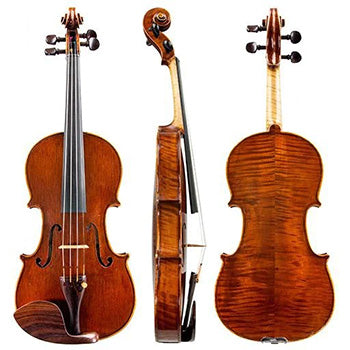
Giovanni Battista Gabrielli (1716-1771) is one of the most highly regarded violinmakers from Florence. He was constantly striving to improve instruments and so his output is quite varied as he drew on a huge number of models for inspiration. The majority of his instruments are reminiscent of Stainer’s violins with a somewhat small body, a large scroll (in comparison to the rest of the body), high arching (though not as severe as some of the makers who came after him) and a yellow-brown varnish. He is thought to have trained the majority of makers who directly succeeded him in Florence and so left a strong impact on the Florentine school of violinmaking and their traditions. Later than Gabrielli, Valentino de Zorzi (1837-1916) was making instruments that were so individual it’s near impossible to trace his lineage and determine who actually influenced his making style. It seems most likely that he taught himself violin-making and during 1885 he assisted in renewing the craft of violin-making in Tuscany which previously had been on the decline. While his work showed many characteristics of the Tuscan style of violin-making, his highly individualised model is near instantly recognizable with certain Stainer and Stradivari characteristics also. He did not exaggerate but preferred to tastefully show a level of originality and uniqueness and combined this with the models of the great masters. He also used local timbers on occasion and created a larger instrument he named the ‘controviolino.’
Despite Stradivari & Guarneri del Gesu being the most well-known violinmakers in the world, during the same time period that they were active in Italy there were various other makers who crafted some outstanding instruments that influenced and shaped the traditions of each local area. Certain characteristics employed by some of these makers such as ‘a long body’ or a ‘deeply carved scroll’ are not necessarily unique in and of themselves. It is more unique that despite how their master made instruments or how Stradivari made instruments, that they chose to model their own instruments with a slightly long body in favour of personal expression over an exact copy. This has been the tradition since Stradivari was making and expanded the model of Amati rather than copying his masters. While each local area has their own traditions and way of crafting instruments, Italy as a whole has a tradition of taking elements of the great instruments that came before them and expending on that with characteristics of their own which has resulted in a huge variety of output that upholds the local traditions and history. There is a real passion and love of violinmaking in Italy that is shown through a personal expression and critical thought as to what will work for the instrument itself and the local traditions rather than what people will buy and how to get the highest amount. This rich uniqueness, variety, character and creativity continues on in Italy today and absolutely contributes to the outstanding reputation of Italian instruments as being the best in the world.
Laura Case is a fine instruments specialist. Laura studied Music and Education (Honours) at The University of New South Wales, completing a thesis entitled "Innovation and the Stradivari Conundrum; Psychological, Sociological and Emotional but not Musical."